First there was the flight to Lima…. We were faster than that airplane seen in the distance… Passed him right up. The food was terrible. I mean, it always is on flights, but whoever thought that four paper thin slices of cold turkey breast accompanied by a scoop of unseasoned quinua and carrots was a good idea for “dinner” needs to have a timeout.
And a late evening arrival, 11pm, at my hotel, on a Sunday night in Miraflores meant the likelihood of any place to eat being open nearby was somewhere between slim and none. I was hungry. Thankfully, I’d already checked and room service is open 24 hours a day! A ceviche mixto seemed in order to start off Lima right. The man on the other end of the phone argued with me about making it picante, as he didn’t want to deal with me sending it back. He finally agreed to send some chopped rocotos on the side. I added the whole bowl to the ceviche (which literally had no chilies in it at all) and it was still barely hot – I think they’d blanched the chilies and taken the heat out of them. Other than that, it was a good start to this visit.
Unfortunately, most of my friends who live in Lima are not here this week. A couple of them I knew in advance, but a couple of others had last minute changes of plans and are away. So, I get to solo it for most of the week, which hadn’t been the plan. I set out with a vague directional plan for a first day’s walk, with only a couple of thoughts on things I wanted to visit. That got scrapped early on as I headed a different direction, which is half the fun of exploring! The daytime walk is the big light blue loop, counterclockwise, on the map.
First up, a wander through Parque Kennedy, yes, named after JFK. A very pretty spot here in Miraflores, the ritzy barrio of the city. And home to the side by side Municipal Hall and the Virgin Miracle church.
But breakfast was what was actually on the real agenda, as I’d only had coffee in my room early on. And breakfast here in Lima often means a sandwich of some sort. La Lucha is far and wide known as one of the best sanguicherias, and their Chicharrón sandwich is a big draw – with crispy fried pork belly, fried sweet potato slices, and a red onion and cilantro salad dressed in a pineapple vinaigrette. Could have used some chili, but hey, it was early. Fresh pineapple juice to accompany. Not a bad start to the day for under 25 soles, about $7.50.
Not in my original plan for the day, but I simply stumbled across the Museo Casa Ricardo Palma. A famed 19th century Peruvian author, Palma was best known for his massive series of Tradiciones Peruanas, small books of short stories that fictionalized Peruvian traditions and history, which he published steadily for around 40 years. Overall, according to the gentleman who took me on a tour of the house, he published over 500 works, of both those, as well as literary and political commentaries and critiques, and satirical writings. A well spent 6 soles, less than $2.
I continued my walk up my planned street, Petits Thouars, named after Abel-Nicolas Thouars, a famed naval hero of Peru. Most of this street seems to be dedicated to huge souvenir emporiums. I kept walking.
I hadn’t realized how close I was to the Huaca Pucllana, a ceremonial archaeological site in the midst of the city. It’s a solid pyramid of adobe and clay that was used by both the Lima and Wari cultures, starting from about 200 AD and used until about 900 AD. The tour was a bit… touristy, but it was still fascinating. I’d sort of visited here once before, as there’s a restaurant on site, but that’s at night and you can’t really go out and tour the site while you’re there at night.
I’d gotten off my planned trek, quite a bit west of where I’d originally headed, and decided to hit a “chifa” that had been highly recommended. Now, a chifa is traditionally a Peruvian-Chinese hole-in-the-wall. Good basic food at a cheap price. Now, Madam Tusan does not look like a hole-in-the-wall. That’s what I get for listening to people for whom money isn’t a consideration…. Turns out, it’s part of the Gaston Acurio empire of restaurants, and it’s his modern, fancied up reinterpretation of chifa food. I was going to walk away and go elsewhere when I spotted that they had two pages of dim sum on their menu. I can’t pass up dim sum, dumplings and all that. “Tusan”, by the way, isn’t a name (though it could be, there are people with that last name), “refers to children of Chinese parents born in Peru as well as children born of a Chinese father and a Peruvian or mixed race mother.”
And, it’s good dim sum. Not amazing, not even wow, except perhaps the empatao dumplings (the pleated ones in the combo steamer), which are stuffed with duck and chili. The rest, good, but I’ve had better. And, what were described as soup dumplings turned out to be solid dumplings sitting in soup, not filled with it. Service was a bit aggressive, over the 45 minutes or so I was there, I was approached by one of the two waiters at least half a dozen times demanding and pleading that I order more food, a cocktail, a bottle of wine, and another half dozen times asking me what I thought of the different dim sum, one by one. Just go away and let me eat. The place isn’t cheap, but then I didn’t expect it to be, coming in at 120 soles with tip, or $37.
Another stumbled upon gem, that I spotted on the map when looking to see what to do after lunch. Museo Amano is a pre-Colombian textile museum, with great explanations (in Spanish, English, and Japanese) of the various regional Peruvian cultures of that era and the differences in the types of textiles produced. There’s no guide, but everything’s really well labeled. It’s a private museum, clearly funded to some extent by entrance fees, which run 30 soles, or just over $9. Well worth it if you’re into beautiful textiles and history!
We’ll call this 1st Dinner, with a stop at a much touted sushi bar not a far walk from my hotel – kind of back along the ending part of my daytime wander to the midpoint of the southern line. Edo Sushi was highly recommended to me for their sushi in general, but particularly their crab sushi. Interestingly, that was my least favorite of all the pieces. But, overall, really good quality, just a bit small, I thought. At 86 soles with an iced tea and tip, a little over $26, while not expensive for sushi coming in at just under $2 a piece, that seems high for Lima. Then again, I’m in Miraflores, that’s to be expected.
And, on to 2nd Dinner, or the real dinner, though in the end, to be honest, I wish I’d just stayed at the sushi bar. Getting there was the walk north along that vertical line on the map into San Isidro neighborhood, to Dondoh Robata Grill. First, a slight annoyance on arrival, as a solo diner I was taken direct to the bar. I suppose I could have argued the idea, given that I had a reservation, but this seems to be common at higher end restaurants in Lima – I’ve had it happen at IK, Maido, Rafael, and Central, even when I had reserved a table. Normally, I don’t really object to bar seating, though this time, I was ready to ask to be moved. [Closed, replaced by Shizen Nikkei]
Three bartenders, one of whom (not the one in the photo, who I never heard speak) spent nearly the whole hour I was there talking, trying to sell me one or another Scotch or a Scotch based cocktail. And he just wouldn’t shut up about it, even when asked. He informed me that it was his role to educate me on Scotch, and mine to learn about it. The third bartender kept trying to get him to shut up too, and was the one who took my order, but wow, I literally asked the guy to stop talking to me and he ignored that and kept at it. I should have just gone back to the hostess and asked to be moved.
A shame, too, as the food is excellent, and I’d have liked to enjoy myself more. An order of edamame, but rather than steamed, they’re grilled on the robata grill (a box grill with very high heat charcoal) and then coated in garlic and chili paste. Yum! And, a hanger steak cooked the same way and served with spring onions and yuzu kosho, a condiment made of fermented chilies, yuzu (Japanese citrus fruit), and salt. I don’t quite buy that that’s a 220gm, or 1/2 lb steak, but it was plenty to eat, especially after “1st dinner”. Given that I just had these two dishes and a local craft beer (an IPA from Nuevo Mundo), the with tip tab of 150 soles, or $46 was too high a price to pay for spending the dinner annoyed. Come to think of it, lunch had the same feel. Is this a new thing in Lima at fancy spots? Too soon to tell.
I know, a long post – actually not that long reading-wise, but lots of photos!
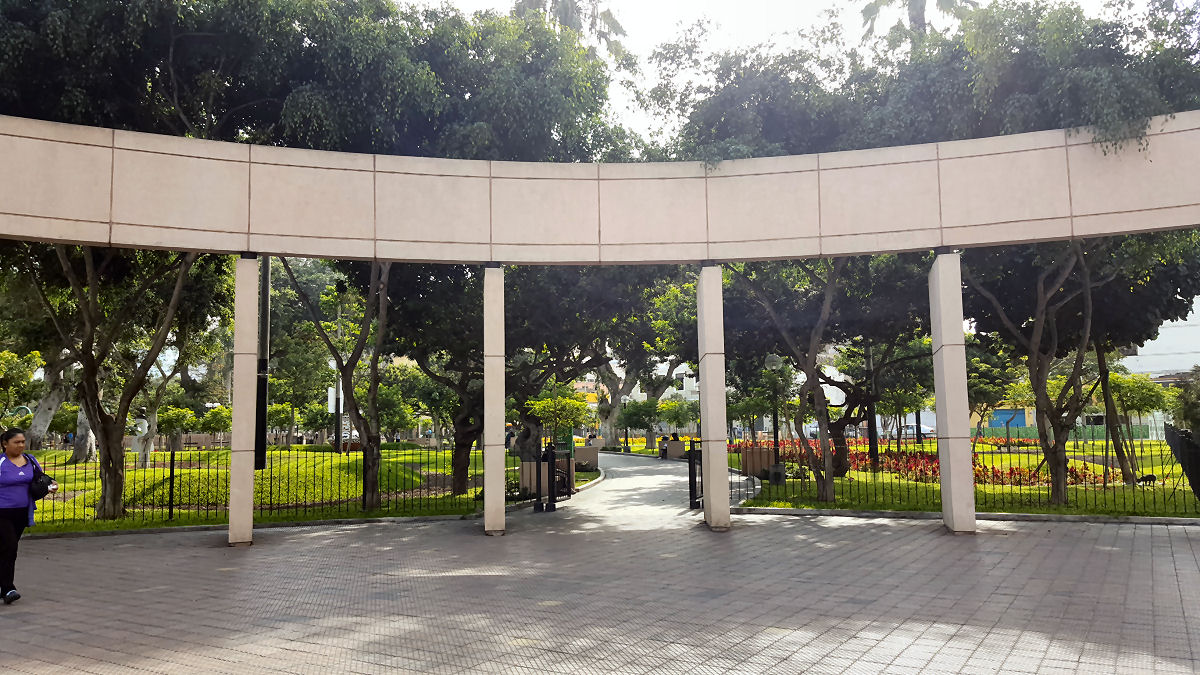

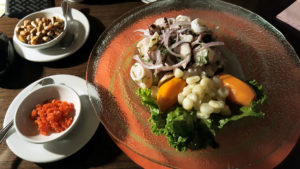
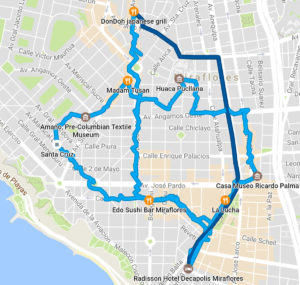
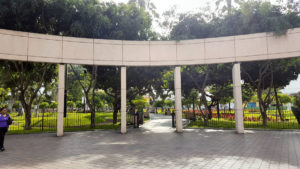
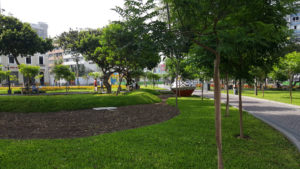
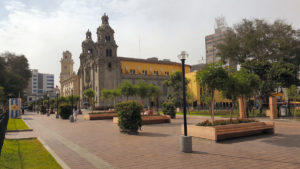
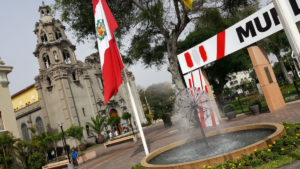
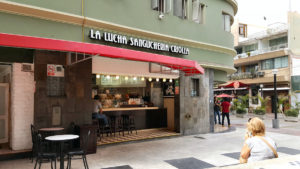
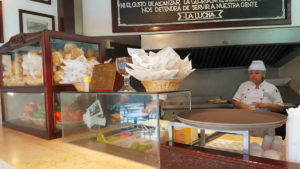
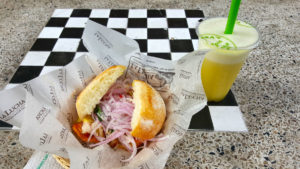
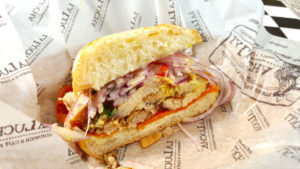
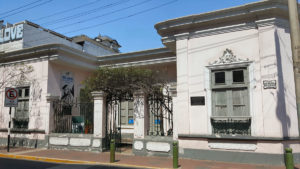
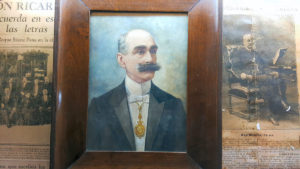
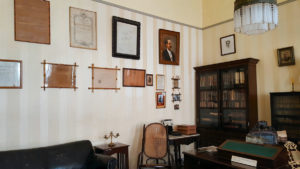
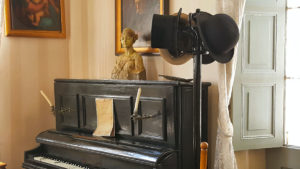
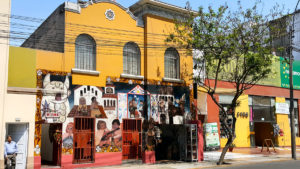
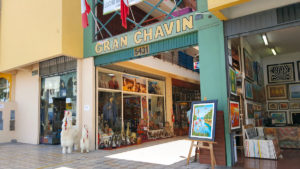
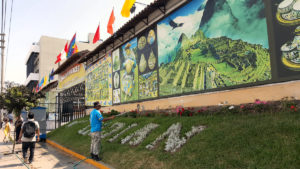
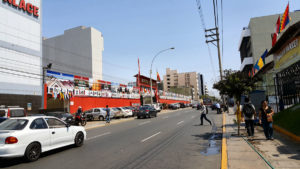
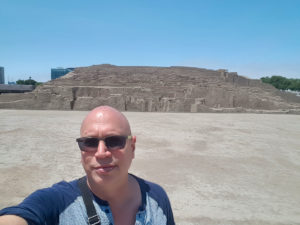
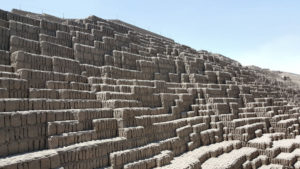
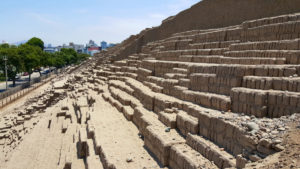
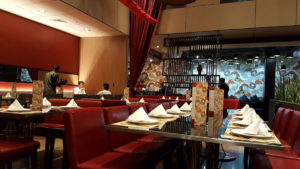
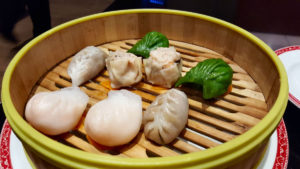
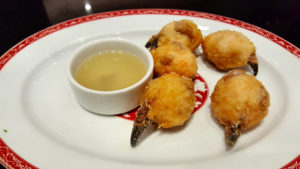
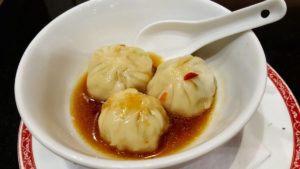
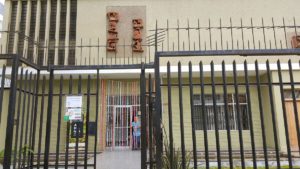
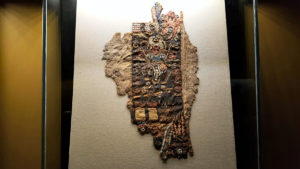
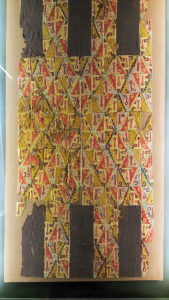
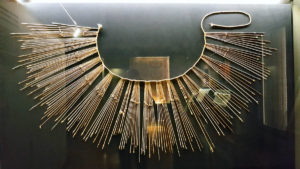
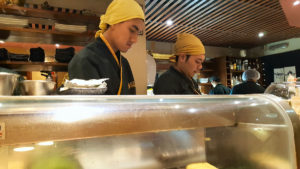
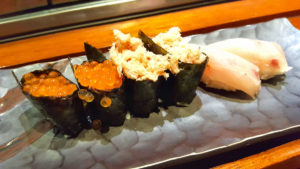
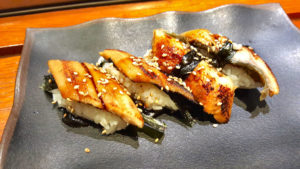
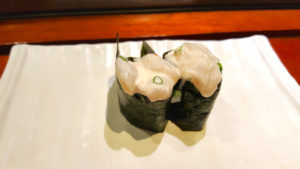
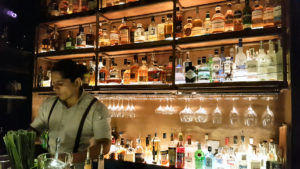
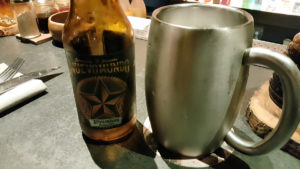
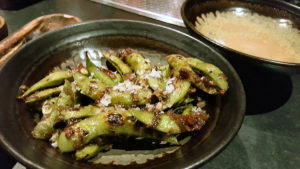
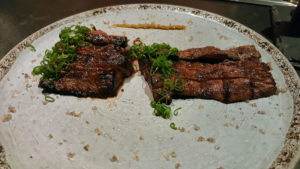
Very cool post, Dan. I never knew much about Lima (nor about Peru in general). How big is it compard to BA? Also, how and why did Chinese get there? That hangar steak looks delicious.
It’s much bigger. Buenos Aires, the city itself, has only 3 million people (the metropolitan area has another 12 million). Lima, the city itself has almost 10 million, and the metropolitan area has I don’t know how many millions more.
The Chinese originally arrived here in the 1850s as indentured servants. (Setting aside the mystical theories of the 15th century Star Fleet and its supposed arrival in the early 1400s.) There’s a quick read article on the history here.